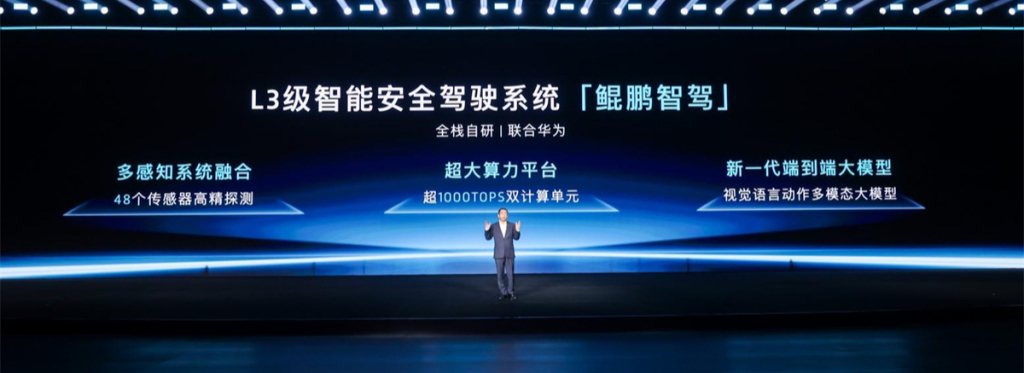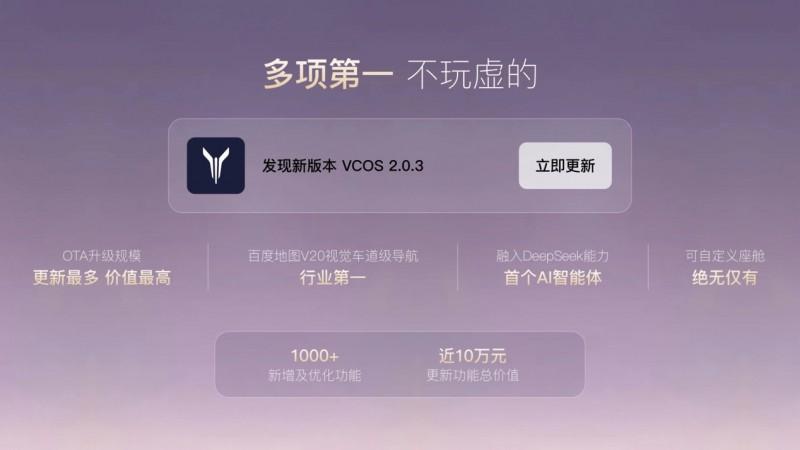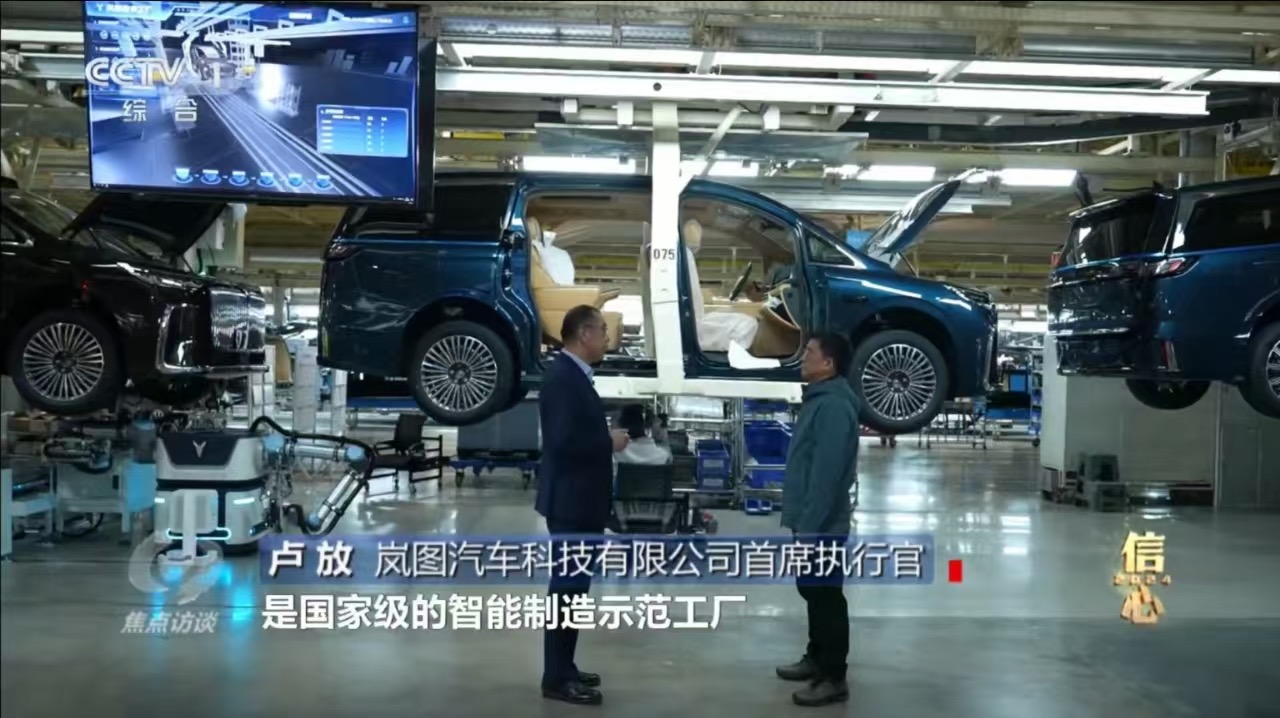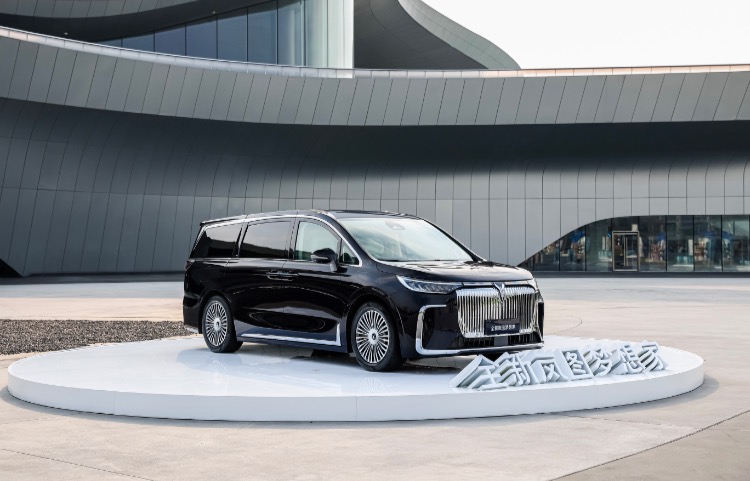
With a simple utterance of "Aunt" and "Guo'er," ancient memories come flooding back, as Gugu and Li Ruotong, the legendary duo from "The Return of the Condor Heroes," remind us. On August 28, the all-new Lantu Dreamer was announced available for pre-sale in Chengdu.
This pre-sale offers two versions: the Kunpeng version starts at a pre-sale price of 349,900 yuan, while the Qian Kun version, equipped with Huawei's Qian Kun Intelligent Driving ADS 3.0 and Harmony Cabin, starts at 469,900 yuan.

As one of the most iconic versions of "The Return of the Condor Heroes," the audience covered by these two stars largely consists of individuals born in the late 1970s, 1980s, and even early 1990s—people who have substantial life experience and a certain level of economic stability. Although their influence might not match that of so-called top-tier young stars in terms of sheer numbers, the quality of their audience may be even higher.
Beyond the star effect, the all-new Lantu Dreamer itself boasts impressive product strength, with optimizations targeting multiple pain points in usage scenarios and claiming "over 1,000 technical upgrades" across the vehicle.
The target demographic for the new car is the highly educated and high-value-working new middle class. This group desires a vehicle that can simultaneously meet the demands of work and family life, whether it’s for family trips, business receptions, or commuting for work. They long for a "one-stop" solution, and the new Dreamer is designed with this goal in mind.
Built on the ESSA platform, the all-new Lantu Dreamer comes equipped with an intelligent electric all-wheel-drive system as standard. The plug-in hybrid system boasts a combined power output of 420 kW and a torque of 840 N·m, with a CLTC pure electric range of 235 kilometers and a comprehensive range of up to 1,411 kilometers. The vehicle performs exceptionally well in terms of power and range, dispelling the stereotypes associated with MPVs about weak power and high energy/fuel consumption leading to range anxiety.
Currently, the pace of innovation in intelligence among MPVs lags behind that of sedans and SUVs, which presents a significant pain point for MPV users. Hence, the level of intelligence serves as a differentiated competitive advantage for the Dreamer.
As the first MPV model equipped with Huawei's Qian Kun ADS 3.0 advanced driving technology, the all-new Lantu Dreamer features 29 intelligent perception hardware components, including 192-line laser radar, millimeter-wave radar, and high-performance cameras. This allows it to support high-speed NOA and urban NOA, effectively enabling driving wherever there are roads. It can also perform functions like parking assistance, roadside temporary stopping, and passing through toll booths, achieving truly intelligent driving from parking space to parking space.
Another common pain point for MPV users arises when traveling with the entire family and a full load of luggage. Upon arrival at a parking lot, they often have to get out of the vehicle to retrieve their bags before maneuvering into a parking spot. Additionally, if the space behind the vehicle is limited, retrieving items from the rear trunk can be quite inconvenient.
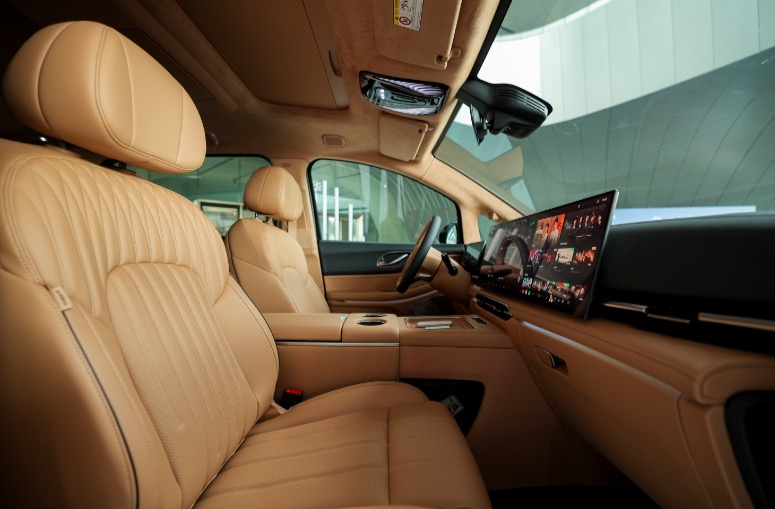
In response, Lantu has collaborated with Huawei to develop a front-end parking-in function for MPVs, addressing the challenges users face when reversing into a parking space while handling luggage. Thanks to Huawei's Qian Kun Intelligent Driving ADS 3.0 system, the all-new Lantu Dreamer supports over 160 parking scenarios, including remote parking, drive-away parking, valet parking, and parking with a designated driver. It can even park in unmarked and very tight spaces automatically.
As a "mobile home" and a "third space," the importance of an intelligent cabin has become increasingly evident. While current innovations and digitization empower drivers, most MPVs offer minimal intelligent services for rear-seat passengers, creating a stark contrast with the rapidly evolving smart era.
The Dreamer is equipped with a HarmonyOS-based intelligent cabin, which introduces a more open software ecosystem. Mainstream office-type applications cover most work scenarios, and the seamless integration of the mobile and vehicle ecosystems allows information such as music, videos, calendars, and notes from a smartphone to sync with the vehicle, transforming the cabin into a genuine third space for living.
Business travelers arriving at their destination and stepping into the all-new Lantu Dreamer no longer need to contend with a small phone screen; the 17.3-inch second-row display connects to the car's audio system for direct playback of information content. If a call or video conference is needed, it can be mirrored onto the vehicle's display and use the car's audio system for the conversation.
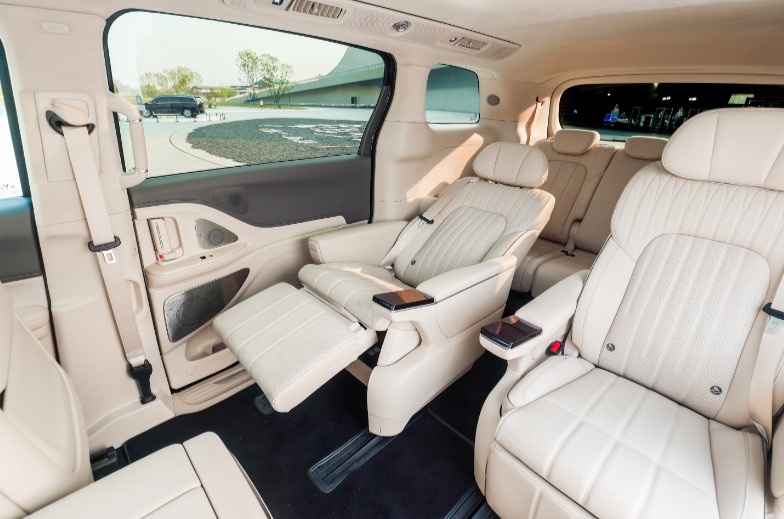
Moreover, space remains a significant concern for MPV users. The all-new Lantu Dreamer undertakes several upgrades to enhance third-row comfort. For example, all three seats feature heating for both the seat cushion and backrest, while the backrest height has been increased to improve shoulder support. The maximum legroom in the third row has increased by 10%, allowing children up to 1.2 meters tall to stand and move comfortably without hitting their heads. Additionally, the third-row backrest can be adjusted to an unusually large angle of 122°, a rare feature in this segment.
Safety considerations are also a primary focus for MPVs. Many traditional MPVs have shorter rear suspensions, leading to the stereotype of users being "afraid of rear-end collisions." To improve the utilization of the third row, the all-new Lantu Dreamer employs five layers of rear-end protection and seven levels of head-on collision protection, capable of withstanding impacts at speeds up to 110 km/h.
In terms of comfort, the Dreamer benefits from MagLev air suspension and CDC electromagnetic dampers, which filter out unnecessary bumps while maintaining road feel, ensuring smooth driving across various challenging road conditions.
Overall, the all-new Lantu Dreamer has made enhancements across various dimensions, driven by deep insights into user needs, a firm grasp of intelligence, and an understanding of comfort and reliability.
In July of this year, Lantu Automotive delivered 6,015 new vehicles, representing a year-on-year increase of 76%. From January to July, a total of 36,391 vehicles were delivered, marking a 97% year-on-year growth.
Lantu Automotive CEO Lu Fang stated, "The continuous increase in Lantu's sales is a result of our ongoing commitment to enhancing user-centric thinking and improving innovation and marketing efficiency." The all-new Lantu Dreamer embodies this commitment in practice.
